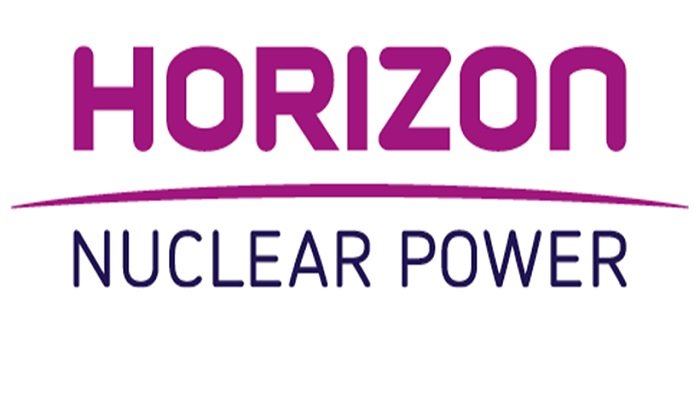Part 1 of 2 Parts
Few of my posts in this blog have been concerned with the price of uranium on the international energy market. One reason for this lack lies in the fact that the cost of uranium to fuel nuclear power reactors is a small part of the overall cost of construction, maintenance and decommissioning.
Horizon Nuclear Power (HNP) is a company owned by the Hitachi company. A year ago, HNP confirmed that it was going to pull out of construction of the twenty-seven billion dollar Wylfa nuclear power plant on Anglesey in north Wales in the U.K. The Japanese industrial giant said that they were withdrawing because of the failure to reach an acceptable funding arrangement with the U.K. government over escalating costs. The government is still in negotiation with other players to try and take the project forward.
When Hitachi announced its decision, the prices of Hitachi shares rose ten percent. Part of the reason for the investor support lay in the fact that building complex, highly regulated large nuclear power plants is not an attractive investment. Governments have been reluctant to subsidize nuclear power because of the high costs, especially since the 2011 Fukushima disaster. The nuclear market has undervalued the potential of this technology to assist in amelioration of climate change by providing abundant and reliable low-carbon electricity.
The price of uranium has long reflected this reality. The price of the primary fuel for nuclear power plants was dropping for much of the 2010s with no sign of a major turnaround. However, since mid-August uranium prices have surged by about sixty percent as investors and speculators compete to buy this commodity. Currently, the price is about forty-eight dollars a pound. In mid-August, the price was twenty-nine dollars a pound.
The demand for uranium is limited to isotopes used in medicine and nuclear power production of electricity. Annual global demand for uranium is about one hundred fifty million pounds. Nuclear power plants need to secure contracts for uranium about two years ahead of time.
Uranium demand is not immune to economics downturns, of course. However, it is less exposed than other industrial metals and commodities. The bulk of global uranium demand is distributed across four hundred and forty-five nuclear power plants operating in thirty-two countries. The supply originates in only a few mines. Kazakhstan is the largest producer with over forty percent of global output. It is followed by Australia at thirteen percent and Namibia at eleven percent.
Most mined uranium is used as fuel by nuclear power plants. Its intrinsic value is closely tied to both current demand and future potential from the nuclear industry. The global uranium market not only includes uranium consumers but also speculators who buy when they think the prices is low, potentially bidding up the price. One such long-term speculator is Toronto-based Sprott Physical Uranium Trust (SPUT). This Trust has purchased almost six million pounds at a cost of two hundred and forty million dollars in recent weeks.
Please read Part 2 next
